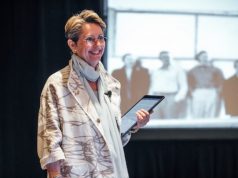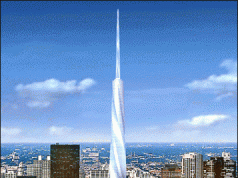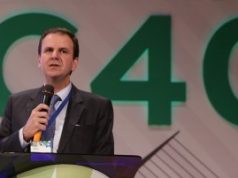Sim-City, 2013
One of the more informed and compelling contributors to the discourse on smart cities is Pablo Sánchez Chillón. Pablo describes himself as an innovative Urban Planner & CEO. And he is right.
The urban planning profession—like any other—has among its members the people who do the day-to-day grunt work. For planners it is the managing of city policies and making sure setbacks, densities, etc., are followed. They do good work mostly. But included in the profession are also those who look at the city and ask themselves what does the future hold. For Chillon, the future is smart.
He writes:
If Smart Cities are about 33% vision, 33% infrastructure, and 33% communication (with 1% for chance) . . . We are interested in innovative urban planning, hybrid spaces in the city, urban digital identity, the place making, the “civicentrismo” and # DIGIZENS.
. . . We work on different projects that incorporate an intelligent approach to the interaction between ICT, design, and the implementation of territorial and urban planning, encouraging the optimization of delivering public and private services based on the new digital nervous systems of our cities . . . We contribute to smart projects a humanistic view, which is based on cultural assumptions of the territory, generating creative community relations between the cities and the promotion of a unifying leadership in implementing smart cities projects.

One of Chillon’s recent essays is about the civic “gamification” of the city. Simply put this is a process that takes the civic functions of a city and popularizes them through proven digital gaming models. The result is civic awareness on a broad, consumer-propagated level. Nice idea.
Take a look at his site at http://urban360.me for more discussions on the future of the modern city.







